Canon Cinema C300 Mark II Camera Review
This short review is based on my hands on with a Canon Cinema C300 Mark II camera in the wild as well as in the city. This camera has got a huge number of features and mastering all of those would require more time. So this review may be treated as an emerging review and would be updated later and the video review will be in several parts.
Also, I would like to mention that while shooting this review in Keoladeo Ghana National Park in Bharatpur and in Delhi, there was no respite from the heavy fog. Visibility was pretty poor most of the time. So any shots that you see in the review film has been shot under trying conditions. Many a time I felt as if there was a veil infront of the subjects. So thick was the fog. Nevertheless, the C300 Mark II worked flawlesslely.
Physical Characteristics of C300 Mark II
The Canon C300 Mark II is also a compact camera like the C300 Mark I. It is 7.5 inches x 12.1 x12.8 inches with the grip, handle and monitor. The Canon Cinema C300 Mark II camera feels a bit heavier than the C300 Mark I. One of the reasons is the heavy duty top handle which can be attached or removed by means of an allen key. This means that you have to always have an allen key in your pocket when you are in the field. I use long lenses. India is incredibly dusty. So every time after taking a shot I remove the top handle and LCD and then pack it in my long lens case. With the C300 Mark II that is a challenge as I have to use the allen key to remove it. However the good part is it is more steady while holding shorter lenses.
The C300 Mark II also has bigger exhaust vents which are visible on the side and back. The body appears more solid. Since I have used the original C300 Mark I in dusty deserts, cold mountains, rain forests, humid seashores etc and it worked well, so the C300 Mark II should just be even more rugged and Canon appears to have listened to people to remove their pain points from the original C300.

Canon C300 II hiRes ledback
The top handle of the C300 Mark I was difficult to loosen at times as if it had a mind of its own. It was not as strong. However, most of the times it used to be easy to remove the top handle in the field. So there are pros and cons for each. The good thing is if needed then one can use the C300 Mark I handle in the Mark II as well.
The cables of the Canon C300 Mark II are sturdy and detachable. The cables are also marked video and audio and these cables are interchangeable. Love it all the way.
The waveform monitor is visible even in the EVF. So when I am not shooting with the top handle and LCD monitor, I can still judge the exposure well using the waveform. In the original C300 Mark I camera, the waveform was not present in the EVF. So this is a very good update for me. The waveform monitor in the C300 Mark II is positioned higher up, so one can monitor both the waveform as well as the sound levels. Also the waveform monitor has got numbers marked so one clearly knows where the 100 or 80 falls.
C300 Mark II Resolution:
The C300 Mark II shoots 4K and UHD at 25p and also 2K/1080 at 50p. It also shoots 2K/1080 at 100p using a centre crop of the frame. You can see the comparison in the video review. The 4K files shot at 10 bits at 4:2:2 at 410Mbps and recorded internally to CFast 2.0 cards are lovely. I have even pulled still shots from it.
The C300 Mark II has dual CFast 2.0 card slots. The CFast 2.0 cards were pretty expensive when the C300 Mark II was announced in April 2015. However, the price of CFast 2.0 cards are falling and hence one shouldn’t be worried about those.
Excellent Autofocus of C300 Mark II:
The autofocus of the C300 Mark II is several notches above the C300 Mark I. The autofocus uses 80% of the vertical and horizontal area and has face detection. One can also shift the AF area by using the toggle switch or by using the WFT (Wireless File Transmitter) and a touch device.
However, the autofocus in the C300 Mark II doesn’t work at 100p. So for erratically moving subjects, it would not be easy manual focusing and moving the camera at the same time. So I am sure many would avoid the 100p in such situations. I have included one shot in the video review, filmed at 100p, where I have missed the critical focus. Do let me know which one. 🙂
Low Light Performance of C300 Mark II
I wanted to check the low light performance of the C300 Mark II. Though I started shooting both the C300 Mark I and Mark II on inanimate objects, I didn’t choose to upload those as the lighting is too good to be true. I wanted to shoot in extreme lowlight and hence took the Canon CN-E 24mm T1.5 cinema lens and shot handheld between ISOs 12800, 20000 and 25600. In the field I didn’t try the extended ISOs ie 51200 and ISO 102400. Watch the low light footage from 2:39 to 3:13 in the video review. All the low light shots were created in 4K in 10bits with 4:2:2 colour space recorded internally to CFast 2.0 cards.
I also tried testing the low ISO files and noise reduction and found that the files look good with slight noise reduction. Those tests will be uploaded in later part of reviews.
A clarification on the views on audio expressed in the video review. I am not suggesting that the audio recorded in camera through the internal microphone is good enough. However, at times if you are really close to the subject and your subject is not a common subject or if you have witnesses some really great action and you hadn’t attached your microphone to your camera, then you may try to salvage the situation by looking into the audio recorded through the built in microphone. I did that for one of the situations where a snake bird calls. It was shot with an 800mm optical focal length with the lens on my lap without any support. The bird was close and you can see what I could do with a bit of processing in FCPX. I could have done a bit better by exporting the audio to a professional audio editing software like audition, audacity etc. However, there would be some noise and will never be the same quality when recording using an external microphone to the camera.
The C300 Mark II records audio in 24 bits vis-à-vis 16 bits in the C300 Mark I. So now I would not have problems recording audio directly to my C300 Mark II using microphones through boom poles, wireless etc. Remember the microphone should always be close to your subject. Microphone is not like a telephoto lens. So using microphone off camera is always better. The 24 bit audio in the C300 Mark II is good especially for documentary purposes when you don’t have a separate sound recordist or when you are using many more microphones in your sound recorder as well as in camera. For example I use a 2 channel Sound Devices SD 702T. So when I am using a Telinga parabolic microphone for distant sounds for effects, then I am forced to use the C300 Mark II for audio recorded through boom mic or through a wireless microphone.
The quality of the LCD monitor is better than the C300 Mark I LCD.
The C300 Mark II starts much faster than the C300 Mark I. This will be a big help in wildlife. I used to miss shots in C300 mark I as it used to take more time for booting up. The C300 Mark II has two Digic DV5 processors so they are appearing to do their job. According to Canon the Sensor read out is double that of the original C300 and hence the moire is virtually non-existent. Purposefully I have included a shot of an iron mesh as well as shots with lots of fine thorns and patterns.
Initialising media also is quick in the C300 Mark II which suggests that the processor is much faster.
I would love the C300 Mark II more if Canon decides to include 50p at 4K. That would be a big help.
I feel the C300 Mark II is good for wildlife, corporates, commercials as well as feature films. I can visualise its many uses with a small crew and faster shots. While shooting an interview of the Chairman and founder of Bharti group, he had felt the LED lights that I was using as bright. One of the reasons was that the room was dark and hence the lights appeared much brighter. However with the C300 which I was using to shoot his interview, it was not easy to push up the ISO without getting noise. The C300 Mark II due to its better high ISO performance will shine in such situations as one can use a higher ISO and lower the light levels. So the C300 Mark II will be good for corporates as well.
The excellent AF and the low light abilities will be a big help in feature film shoots as well. In lower budget movies it can work as the main camera. It will also work well with the Alexa cameras used in bigger budget productions. The 10 bit 4K files and 12 bit 2K files can be pushed and pulled in post a lot more. And if there is budget one can record to an external recorder and shoot raw. So the Canon C300 Mark II will appeal to a wider category of situations. So if you are yet to decide whether to buy the Canon C300 Mark II or not then rest assured that this camera will work out well.
This is an emerging review and will continue updating this review as well as more shots filmed with the C300 Mark II.
If you have any questions then you can ask below and I would strive to answer those here or in subsequent reviews.
The Canon C300 Mark II costs 15999 USD.You can buy the C300 Mark II by clicking this link: Buy from B&H
- Canon Launches Cine Servo 11-55 mm T2.95-3.95 lens - 10 September,2025
- Water Monitor Lizard in Sundarbans - 14 May,2025
- Radio collared Tigress - 30 January,2025

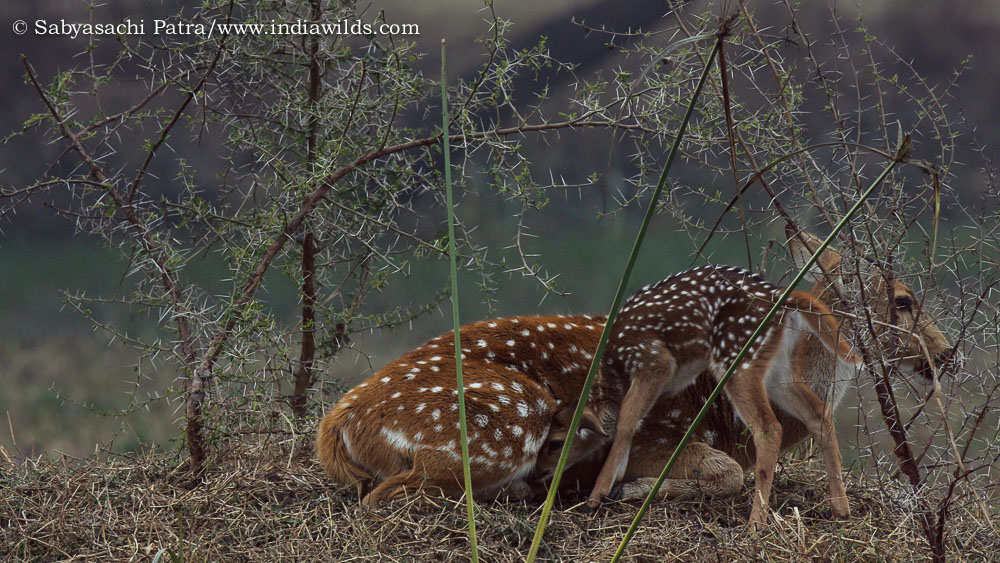

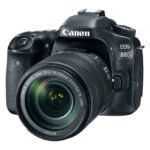
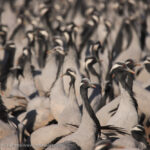
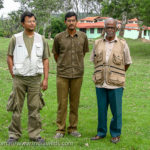
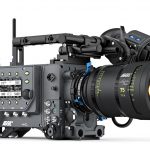



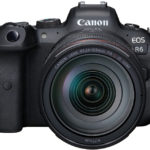
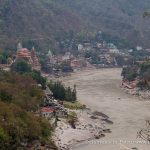



Though I have no knowledge of video camera but this one for sure looks power packed! I hope the camera performs well for you!
Thanks Mridula!
This is a top of the line camera for documentaries, commercials and also good for feature films. It purely depends upon us to extract how much juice we can extract from our equipment.
Cheers,
Sabyasachi
Wow! It looks great and from what you’ve described is packed with features too.
You are right Rachna!
I was waiting for some of these features. If you check the video at around 2.39 minute mark you will see the low light section. Those shots were in very very dark conditions.
Cheers,
Sabyasachi
I am not sure I have learnt to curb my avarice. Fortunately for me, my two kidneys put together, bunched with my liver, wouldn’t get me anywhere within scratching distance of the price tag of that camera. That said, I enjoyed the review to the hilt. I wonder if the video of the trunk where a stalk is astir in the wind is the shot you have said you missed critical focus.
Look who is talking! A banker who perhaps caresses more notes in a day than we mortals do in a year. And more importantly a budding writer who is potentially worth millions in future book sales and film script sales (to hollywood)